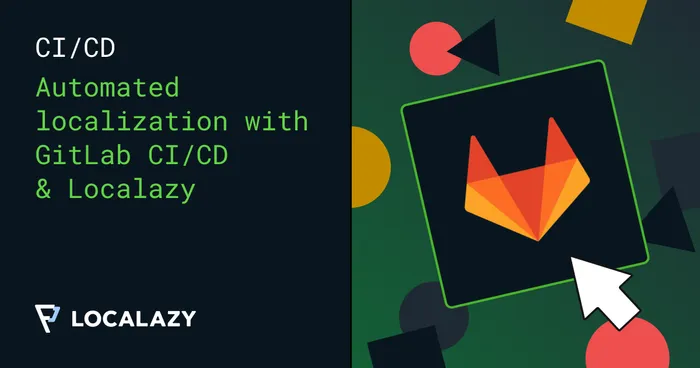CLI
A text-based interface used to interact with software and operating systems through commands.
A command-line interface (CLI) allows users to execute commands by typing them into a terminal or command prompt. Unlike graphical user interfaces (GUIs), CLIs rely on text input, which can help in making operations faster and more efficient for experienced users. Users can navigate file systems, run scripts, and manage software without needing to use a mouse or graphical elements.
Many developers prefer CLIs for tasks such as automation and scripting, as they can easily chain commands together to perform complex operations quickly. Moreover, CLIs often consume fewer system resources compared to GUIs, making them suitable for low-power devices or remote access situations.
CLI environments can vary significantly between different operating systems, such as Unix, Linux, and Windows, each offering unique commands and functionalities. Familiarity with the command line boosts the user’s overall productivity and understanding of the underlying system.
🖥️ Key points about CLIs: #️⃣
- Enable automation and scripting for repetitive tasks.
- Consume fewer resources compared to graphical interfaces.
- Offer a powerful tool for developers and system administrators.
- Provide a way to interact with systems through text commands.
- Vary across operating systems, requiring users to learn specific commands.
💙 Localazy CLI #️⃣
At Localazy, we have our own CLI that helps developers translate apps and manage localization workflows much faster using simple, plain commands.
With the Localazy CLI, you can:
- Upload source strings to our platform.
- Download your localized files back to your app.
- Automate the data exchange within your CI/CD pipeline.
- Create, merge, and delete branches.
- Convert between file formats for easier multiplatform localization.
- And more!
Interested in diving deeper? Get started here with the basics.


